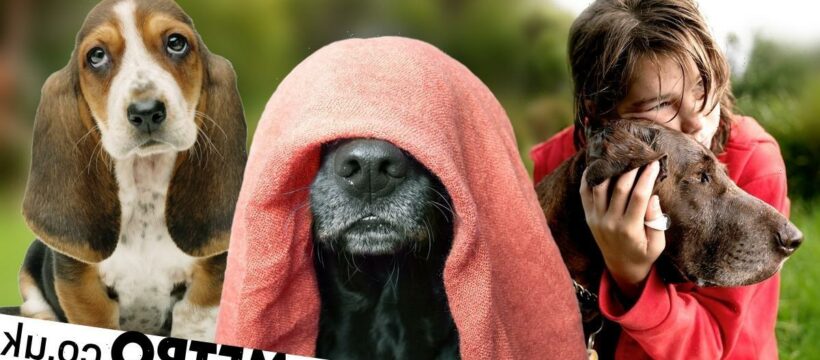The loss of a dog is heartbreaking.
Strong bonds are built over the years and they become a vital part of the family.
In some households, there is often more than one pooch. The pets build up a strong connection and become quite the pair.
So while humans may grieve, does the dog left behind do the same?
Well, data suggests that dogs do feel grief just like us.
A study carried out in Italy looked at grief-related responses in both dogs and owners using the validation online ‘Mourning Dog Questionnaire.’
The survey was completed by 426 Italian adults who had owned at least two dogs, one of whom died while the other was still alive.
According to the owner’s answers, the surviving dog changed in terms of both activities and emotions after the death of the companion dog.
The findings showed that a dog may show grief-related behaviour and emotional reaction when a companion dies.
The signs
So what signs should you look out for if you think your pet may be in mourning?
‘When dogs are anxious, they display a range of physical signs, depending on what is triggering them,’ explains pet wellness experts Miracle Leaf.
‘These include cowering, hiding, shaking, growling, whining, sudden signs of aggression and irritability, broken sleep and a lack of interest in food.’
‘If they are grieving over the loss of another household pet, they may show these signs during times they associate with this pet.
‘For example, when they go out for walks, when they used to be left alone with the other pet while you went out to work, or during set meal times. So, it’s best to watch out for visible signs of anxiety during these moments in particular.’
To ease a pet’s discomfort, Miracle Leaf advises to add another furry friend to your home.
‘This of course won’t replace the pet you’ve lost,’ they add.
‘But can help fill the hole, when your family is ready to welcome in a new friend.’
Until then, however, there are ways to soothe your pet.
Retailer Kennel Store says a dog’s grief can last anywhere between two to six months and it is important to take it slow.
‘Try to take it a day at a time,’ says a representative of the brand. ‘Give your dog extra love and affection if they come to you seeking comfort, but there’s no need to smother them.
‘See how your dog is behaving and if they are appearing to be more aloof and quiet, give them some space and keep an eye on them.
‘Meanwhile, an extra cuddle and a treat is always a nice way to treat a grieving pet.’
Signs of grief in dogs
- Cowering
- Hiding
- Shaking
- Growling
- Whining
- Sudden signs of aggression and irritability
- Broken sleep
- Loss of appetite
- Anxious reactions to walks and meal time
Do you have a story to share?
Get in touch by emailing [email protected].
Source: Read Full Article

